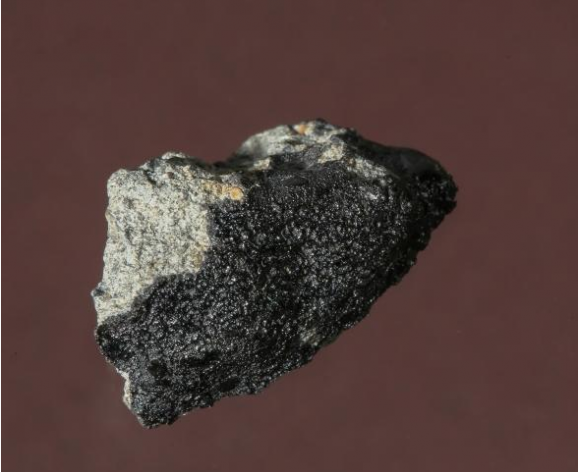This Martian Meteorite Suggests Extraterrestrial Life
This article is more than 2 years old
 Scientists and researchers believe that life on Earth may have come from Mars. We know that something needed to kick start life in the primordial soup that was the newly-formed planet Earth, and no one knows for certain where that initial boost came from. Most scientists, however, believe that that life arrived at Earth courtesy of a meteorite.
Scientists and researchers believe that life on Earth may have come from Mars. We know that something needed to kick start life in the primordial soup that was the newly-formed planet Earth, and no one knows for certain where that initial boost came from. Most scientists, however, believe that that life arrived at Earth courtesy of a meteorite.
One of the possibilities is that such a meteorite came from Mars, as many meteorites do. Of course, suggesting that human life actually started on another planet is a controversial theory, but one that just received a boost due to newly released information gleaned from the analysis of a Martian meteorite.
On July 18, 2011, the Tissint meteorite landed in a Moroccan dessert. The meteorite came from Mars—scientists believe that some 700,000 years ago, an asteroid collided with the Red Planet, dislodging a chunk of its surface. This in itself isn’t unusual, but we’re getting there. This specimen has a glassy black crust, the result of the heat generated by atmospheric entry, and contains evidence of water inside its fissures. This deposited traces of sediment inside Tissint, which scientists have recently learned is both an organic carbon compound, as well as of a biological origin. But that doesn’t make it unique either—organic carbon has been found in meteorites before, and it always raises one important question: where did that carbon come from? Did it get into the rock after it landed on Earth, or before? In other words, is the carbon from somewhere in spaaaaaaaace?
 In a study published in the journal Meteoritics & Planetary Science, scientists conclude that the organic compound is not from Earth. The researchers outline a number of pieces of evidence to support this claim. First off, the meteorite wasn’t on Earth all that long, especially before someone collected it. That’s not enough time for terrestrial life forms to get inside a rock that’s been heat-sealed on the outside. But you might be thinking, isn’t the Moroccan desert pretty hot? And yep, it sure is, but not hot enough to sear rock. Opening the fissures inside the meteorite would require a sudden, shocking heat—like that of blazing through Earth’s atmosphere. Bits of the carbon inside the meteorite turned into diamond, a process that takes a long time—much longer than the rock was on Earth’s surface. The last bit of evidence is the concentration of deuterium in the meteorite, which is a heavy hydrogen isotope common on Mars and is regarded as a “fingerprint” of meteorites that originate on Mars.
In a study published in the journal Meteoritics & Planetary Science, scientists conclude that the organic compound is not from Earth. The researchers outline a number of pieces of evidence to support this claim. First off, the meteorite wasn’t on Earth all that long, especially before someone collected it. That’s not enough time for terrestrial life forms to get inside a rock that’s been heat-sealed on the outside. But you might be thinking, isn’t the Moroccan desert pretty hot? And yep, it sure is, but not hot enough to sear rock. Opening the fissures inside the meteorite would require a sudden, shocking heat—like that of blazing through Earth’s atmosphere. Bits of the carbon inside the meteorite turned into diamond, a process that takes a long time—much longer than the rock was on Earth’s surface. The last bit of evidence is the concentration of deuterium in the meteorite, which is a heavy hydrogen isotope common on Mars and is regarded as a “fingerprint” of meteorites that originate on Mars.
As compelling as all this evidence is, the levelheaded researchers acknowledge that this evidence isn’t necessarily conclusive. The researchers “cannot and do not want to entirely exclude the possibility” that the carbon isn’t organic—it could have come from “impacts of carbonaceous chrondite meteorites.” Still, it’s tough to imagine how that carbon would have gotten from one rock to Tissint. Regardless, I think carbonaceous is totally going to be my rad new way of complimenting people.
All of this just underscores the importance of Mars missions, whether they’re manned or robotic. The Red Planet clearly has a few more secrets to discover.












